The Theory of Evolution by Natural Selection, proposed by Charles Darwin in his seminal work "On the Origin of Species" published in 1859, stands as a cornerstone of modern biology. This groundbreaking theory has reshaped our understanding of the natural world, providing a comprehensive framework for the diversity and complexity of life on Earth.
**Historical Context and Darwin's Voyage**
Darwin's theory was conceived during the HMS Beagle's voyage (1831-1836), where he observed the unique species and ecosystems in various parts of the world. The diversity of finch beaks in the Galápagos Islands was particularly influential, sparking his curiosity about how species adapt to their environments.
**The Essence of Natural Selection**
The theory of evolution by natural selection posits that species change over successive generations through a process driven by environmental pressures. It operates on the principle that individuals with traits better suited to their environment are more likely to survive, reproduce, and pass on those advantageous traits to their offspring.
**Key Components of the Theory**
The theory consists of several key components:
1. **Variation**: Individuals within a species exhibit variation in physical and physiological traits.
2. **Inheritance**: Traits are inherited from parents to offspring, though not always perfectly.
3. **Selection**: Individuals with advantageous traits are more likely to survive and reproduce, a process known as "fitness."
4. **Descent with Modification**: Over time, the accumulation of small changes leads to the evolution of species.
**Darwin's Finches and the Galápagos Islands**
Darwin's observations of finches on the Galápagos Islands provided early evidence for natural selection. The beak shapes of these finches, which varied between islands, were adapted to different food sources, a clear example of how species can evolve to fit their environment.
**The Impact of the Theory**
The theory of evolution by natural selection has had a profound impact on science and society:
1. **Biology**: It has become the unifying theory of biology, explaining the relationships between all living organisms.
2. **Ecology**: It has shaped our understanding of how species interact with their environments and each other.
3. **Agriculture**: It has informed selective breeding practices, leading to improved crop varieties and livestock breeds.
4. **Medicine**: It underpins our understanding of antibiotic resistance in bacteria and the evolution of viruses.
**Criticism and Acceptance**
Initially met with skepticism and resistance, particularly from religious circles, the theory has been validated by numerous scientific discoveries. Fossil records, comparative anatomy, molecular biology, and genetic studies have all provided overwhelming evidence supporting the theory of evolution by natural selection.
**Conclusion**
Charles Darwin's theory of evolution by natural selection is not just a scientific theory; it is a fundamental explanation of life's diversity and a testament to the power of scientific inquiry. It continues to be a cornerstone of biological research, shaping our understanding of life's past, present, and future. As we delve deeper into the genome and explore the complexities of evolution, Darwin's theory remains a guiding light in our quest to understand the living world.
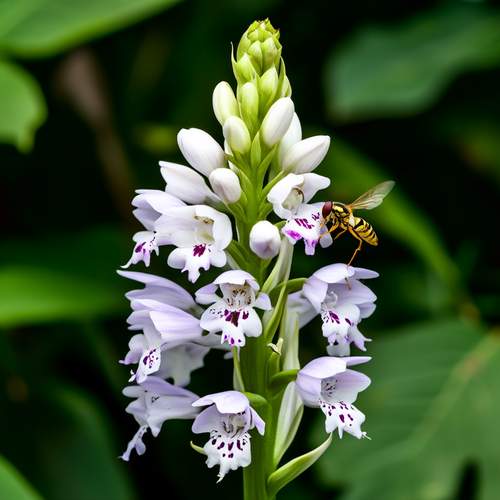
By /May 21, 2025

By /May 21, 2025

By Natalie Campbell/May 21, 2025
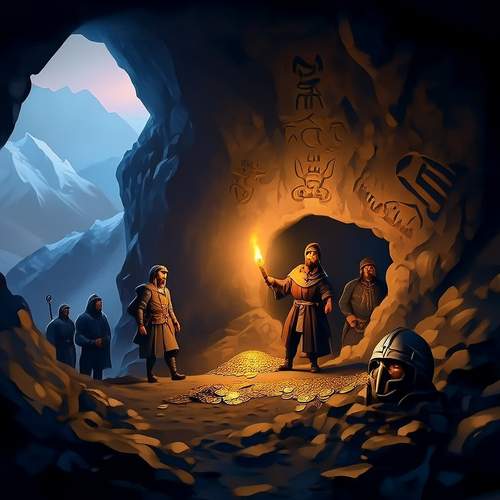
By Victoria Gonzalez/May 21, 2025
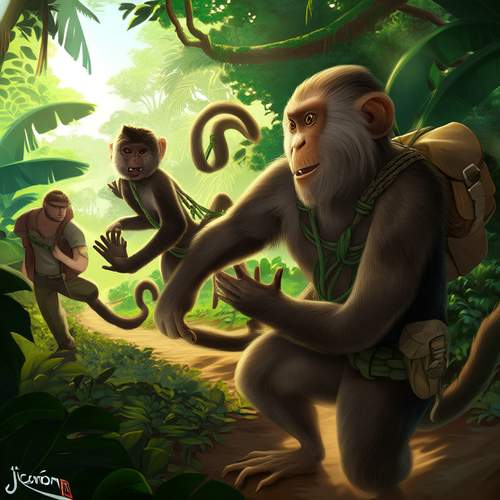
By Noah Bell/May 21, 2025

By Joshua Howard/May 21, 2025
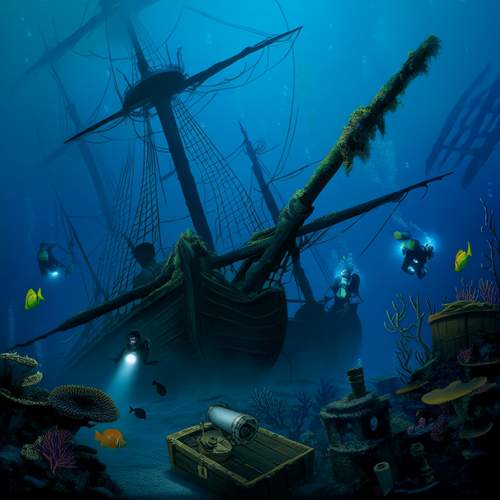
By Olivia Reed/May 21, 2025

By David Anderson/May 21, 2025
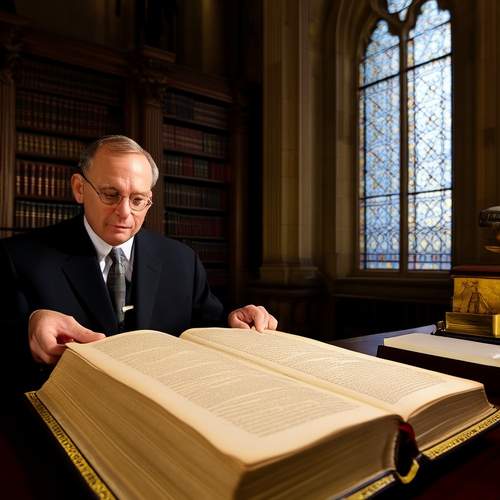
By Victoria Gonzalez/May 21, 2025
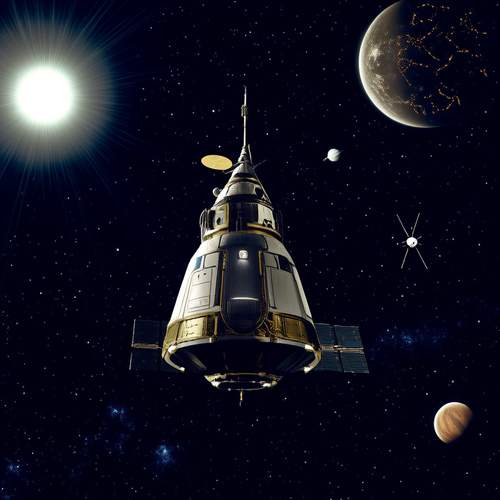
By Sophia Lewis/May 21, 2025

By Daniel Scott/May 21, 2025
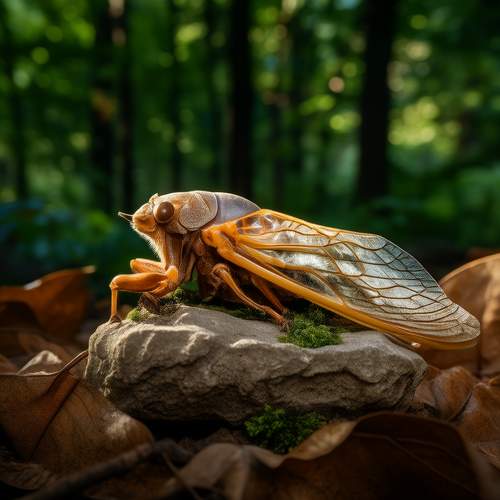
By Jessica Lee/May 21, 2025
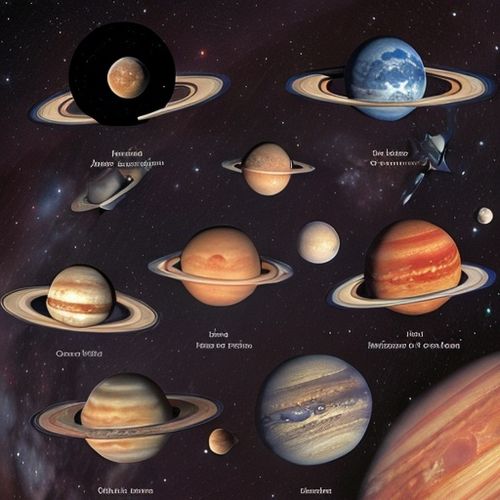
By Jessica Lee/Dec 22, 2024
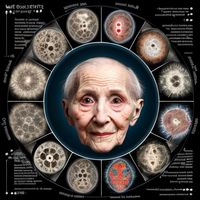
By Emily Johnson/Dec 22, 2024
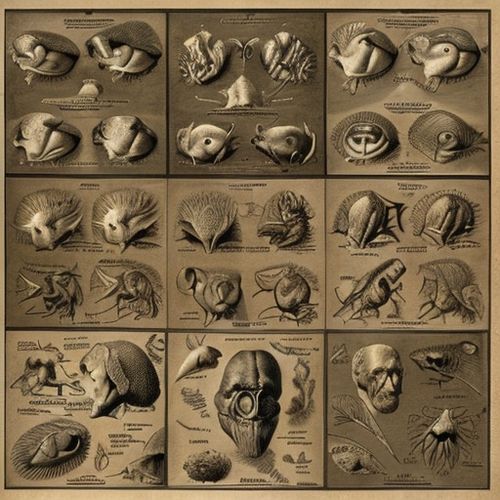
By Elizabeth Taylor/Dec 22, 2024

By Benjamin Evans/Dec 22, 2024

By Elizabeth Taylor/Dec 22, 2024